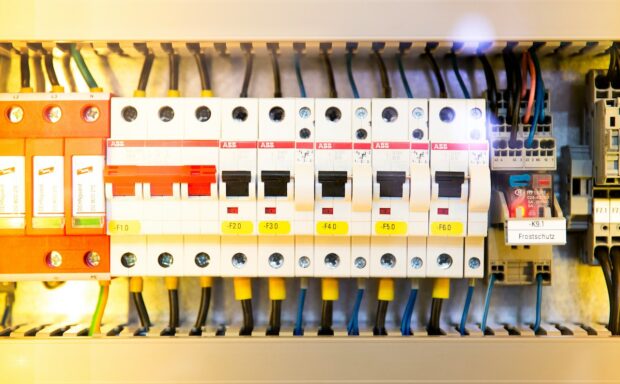Being prepared to face a typhoon and the severe flooding that comes with it is one thing, preparing for the aftermath is another
Experiencing the worst is something many of us have grown accustomed to. As a country that suffers through 18 to 20 typhoons a year, weather-born calamities have sadly become commonplace in our routines as the seasons change.
While it’s always best to prepare before the literal storm hits, we’re all subjected to the aftermath no matter how well we readied ourselves. In an ideal scenario, the floodwaters just subside and what’s left is simply cleanup, but it’s never that simple.
If you find yourself struggling through post-typhoon cleanup, here are a few steps that can help you make the process easier.
Put on your safety equipment
Before you venture out of the space you’ve kept you and your company safe in, putting on safety equipment is a must. At best, you have a pair of heavy-duty rain boots and a pair of gloves on. If not, make sure you at least have closed shoes, long pants, and any type of hand protection (think something along the lines of oven mitts).
You don’t know what’s wading in the storm water, so it’s best that you come prepared.
Check your circuit breaker
For people living in homes that have experienced significant flooding or water damage, the second most important step is checking your circuit breaker and turning off the main switch. Water and electricity are a deadly mix, so keep yourself safe during cleanup by cutting off your main power supply.

Depending on how damaged your home is, exposed wiring is a huge safety risk that can cause electrocution or electric fires so it’s always better safe than sorry.
Assess the damage
When assessing the damage on your property, it’s always best to start inside. Take note of any cracks, missing items, fully damaged items, and other large obstacles so you can start making a checklist of everything you need to clean up or dispose of.
Flooding, landslides still possible despite Carina exit, warns Pagasa https://t.co/wzU8VwPfhs
— Inquirer (@inquirerdotnet) July 24, 2024
When weather permits, check outside your home for any external damage the typhoon may have inflicted. This will help you come up with a gameplan to make cleanup as efficient as possible.
Take pictures for your insurance claim
If your vehicle and parts of your property were severely damaged by the typhoon, make sure to take pictures. Insurance companies only accept claims that have been extensively documented and have all the proper paperwork.
Add notes to the pictures you’ve taken so you have evidence for when you submit the claim. You’ll also have to take another look at your plan to make sure that acts of god or acts of nature are covered so you can file for damages with your insurance.
Start the cleaning process
Typhoon cleanups can be a long and arduous process, so it’s best to tackle these things methodically. If the floods or damage entered your home, you should start there. Large obstructions like fallen furniture should be taken care of first, then you can proceed to the mopping and cleaning portion of things.
LOOK: Residents of a village in Brgy. Mayamot in Antipolo City are still deep in floodwaters brought by Super Typhoon #CarinaPH as of 9 p.m. today, July 24. | 📷: Claire Ibarra
• Visit https://t.co/GiNsbtF85u to stay updated with the latest #CarinaPH news and stories. pic.twitter.com/LwMRKiom8c
— Inquirer (@inquirerdotnet) July 24, 2024
If your home has an outside area, map out the debris that you need assistance (like fallen trees and other obstacles) with and ask for help from neighbors or your LGU. Again, start with the bigger things and then move on to smaller, more manageable tasks.
Keep yourself updated
One of the worst things about typhoon season is that it can be one typhoon after another. Make sure you have access to the news, like your phone or a battery-operated radio to keep yourself up to date with what’s currently happening or what to watch out for.
Grieve
It’s completely normal to feel things like grief and loss after seeing a typhoon ravage your home. Your things may just be things, but that doesn’t mean you haven’t worked hard to have them. Feeling sad, angry, scared, and lost are emotions that many of us will cycle through after a natural calamity. Don’t be afraid to talk about these things with your loved ones to help you emotionally recover after the fact.
Prepare
Climate change has made climactic events more intense over the years, so it’s best that we’re always prepared for the next one. Make sure you have your emergency bag ready to go and have a plan in place to get you ready for the next one. Being prepared is the best you can do for yourself and the people you love.











































